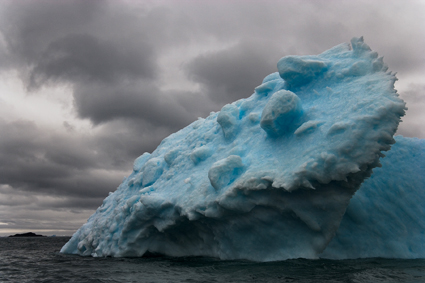Using Visual Metaphors

Here’s an excerpt from my column in the current issue of AfterCapture magazine.
“In photography, metaphors are visual rather than verbal. Different kinds of connections and transferences of shared qualities are made more easily with visual language than with verbal language. Relationships that can be seen but not easily put into words may become clear to the viewer. The echo of compositional elements, such as line, shape, texture, or color, between two (or more) draws a connection between two things that ordinarily might seem unrelated. Quite often, visual metaphors are not the echo of things already existing in the image, but instead offer specific reminders of things that are not in the image.
Interestingly, visual metaphors are rarely as direct as verbal metaphors. When you read a metaphor like, “Your love is a fire that burns me,” it’s crystal clear what metaphor is being used. You read fire and see it in your mind’s eye. Visual metaphors are often less obvious and more suggestive. If a shadow suggests the shape of an animal, it may not be definitively clear which animal it is, rather than a specific animal, it may be animalistic. Consequently, visual metaphors may be subject to multiple interpretations and this may or may not be a good thing. Visual metaphors may not be recognized consciously, but if they’re present, they are always felt.
We use metaphors to invest things with heightened emotion, qualify our responses to them, and produce insight. You can use metaphors to guide you deeper into a subject and your relationship with the subject. This works best if you truly connect mentally and emotionally with the subject and the metaphors you choose. Once you’ve identified the subjects and metaphors you react to most strongly, nurture your connection with and understanding of them. Free association, amplification, contemplation, and gestation help. You’ll find that internal processes are just as important as the external processes. They are what provide the inner life to your creative endeavors.
Metaphors can transform a commonplace perspective into an exceptional one. They can enrich your life. And you, in turn, can enrich ours.”
Find more online resources in my Creativity Lessons.
Learn more creative techniques in my Illuminating Creativity workshops.


cemalekin
05.05.2010 at 08:53Whale of an iceberg John, very interesting article. — Cemal
nfennie
05.05.2010 at 10:44JP:
This was one of the most insightful concepts you taught us in the Joshua Tree NP workshop. I now realize why some of my images “work” while others fall short. Thanks for illuminating this aspect of the art, and opening a door that I never knew was there.
– Ned